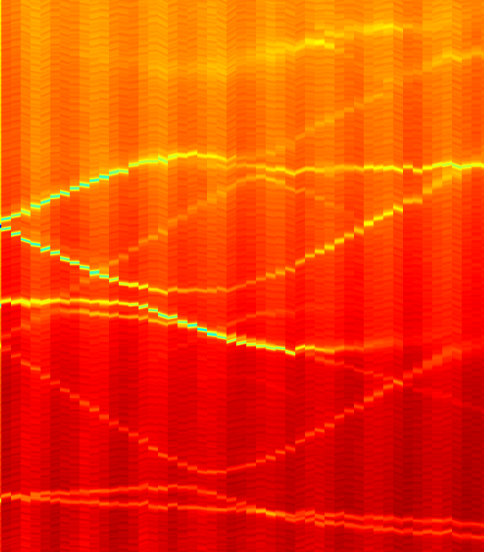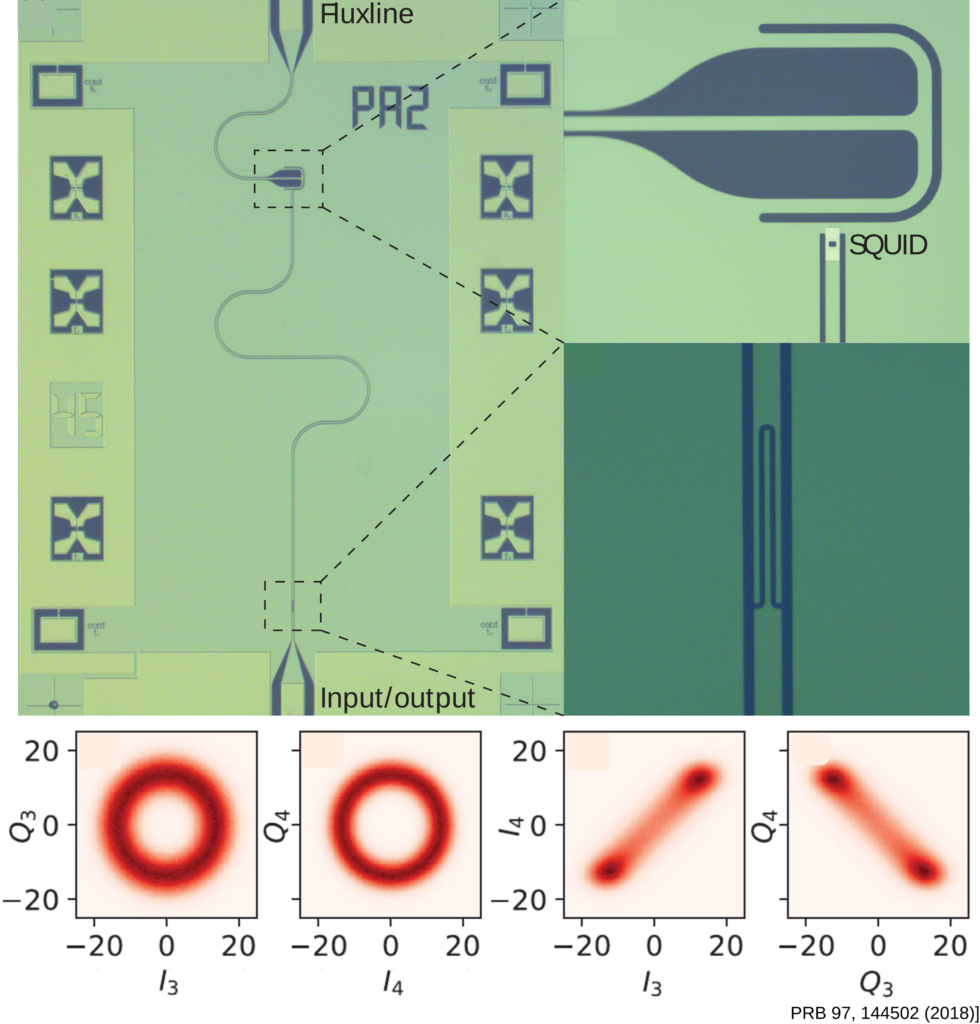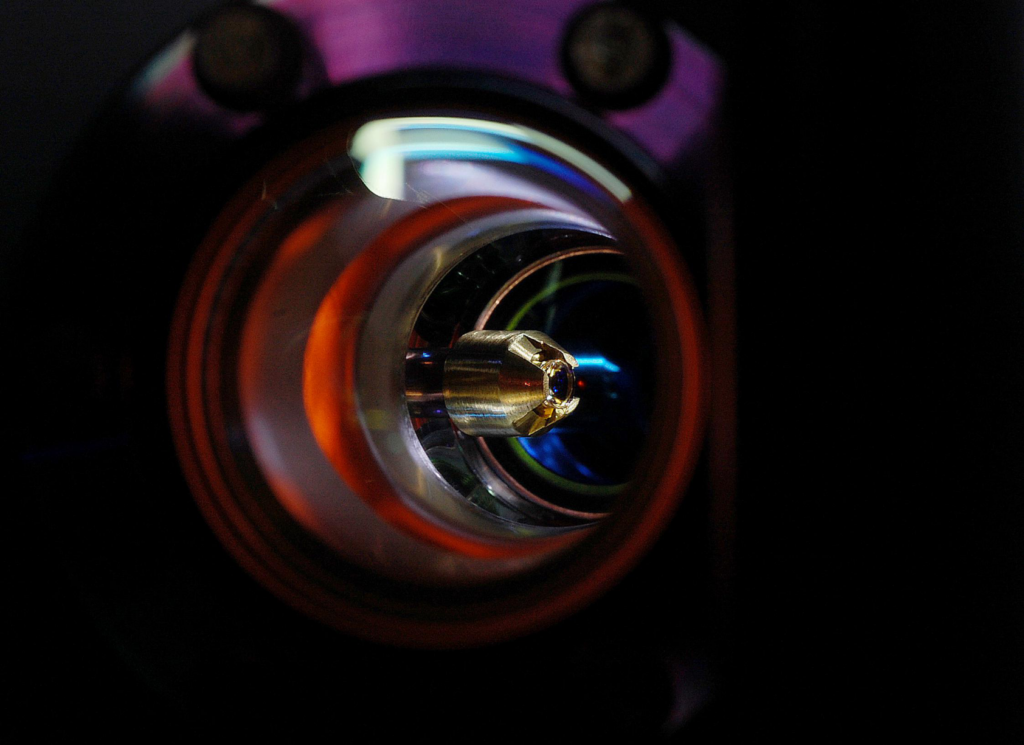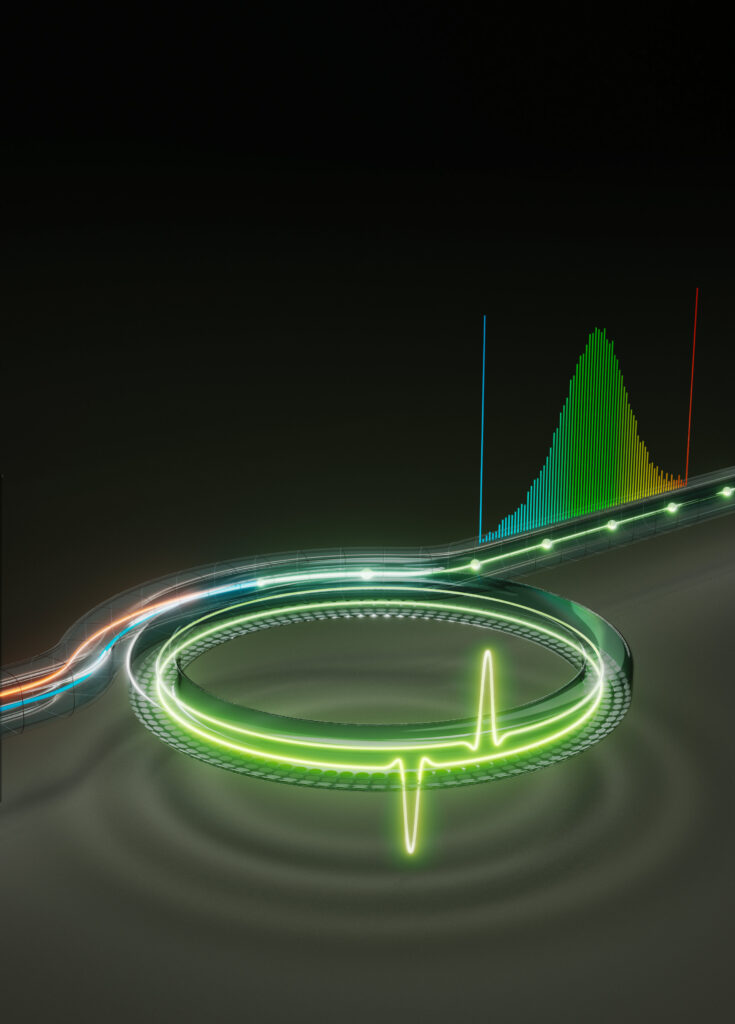During the 20th century, quantum physics transformed our understanding of physical and chemical processes, and much of today’s technologies are a direct result of this understanding. Now, in the 21st century, quantum physics is poised to revolutionise technology again. This time, not only because of its ability to predict the ordinary behaviour of physical systems, but also because of the extraordinary behaviour that devices operating in the quantum regime can exhibit. These quantum technologies are leading to new capabilities in a host of fields including sensing, communication and computation.
The development of quantum technologies is an international priority. Large strategic initiatives have been recently launched by the EU, the USA and the UK. Aotearoa – New Zealand has a history of world-leading research in fundamental quantum sciences and is thus well positioned to be a major player in the development of emerging quantum technologies. The proposed programme will promote collaborations with countries that are also leading quantum innovation, with a particular focus on partnerships with the USA, UK, Germany, Singapore, Japan. The programme will also benefit the Aotearoa scientific workforce, particularly those in early stages of their careers. It will help to train the next generation of New Zealand quantum engineers, for which there is both a global market and a worldwide shortage. By integrating Aotearoa into the extensive international network, the programme will help to ensure that Aotearoa benefits as quantum technologies are developed and deployed.
We have identified and are immediately starting five start-up projects:
Entangling Erbium and Europium based Solid State Optical Quantum Memories

Erbium-doped quantum memories are easy to interface with light in optical fibre networks and europium memories have world record storage times. The interoperability between these memories will bring new capabilities to quantum networks.
The work is in collaboration with researchers at Germany’s Aerospace Agency (DLR) and in Australia, and is being led by Assoc. Prof. Jevon Longdell
Josephson parametric devices for quantum computing applications

We explore microwave quantum properties in frequency-modulated superconducting circuits. In addition to their applications for frequency-conversion and amplification
of signals from conventional circuit qubits, these systems allow to generate alternative bosonic (light-based) qubits and form a platform for quantum simulations.
This work is in collaboration with Prof. Vitaly Shumeiko at Chalmers University of Technology, Sweden and Prof. Kevin Osborn at the Laboratory for Physical Sciences (Joint Quantum Institute), USA, and is being led by Dr Waltraut Wustmann
Hybrid superconducting-ferromagnetic memory concepts for scalable quantum computers

Quantum computers that operate at extremely cold temperatures (below -269 °C) need compact superconducting electronics to control them – but the lack of a viable low-temperature memory hardware is holding back this technology. In this project the Victoria University of Wellington group are combining their expertise in unique ferromagnetic rare-earth nitride materials with our international partners’ abilities to produce superconducting devices to make hybrid memory devices that will enable large-scale superconducting quantum computers.
The project is a collaboration with Italian and Australian researchers, and is being led by Dr Simon Granville with support from other NZ researchers:
- Assoc. Prof. Ben Ruck, Victoria University of Wellington
- Dr William Holmes-Hewett, Victoria University of Wellington
- Dr Jackson Miller, Victoria University of Wellington
Entangle two individually trapped single atoms and demonstrate a quantum-enhanced sensor of magnetic field gradients

Quantum entanglement is a key resource in future quantum technologies (Dowling & Milburn, 2003).
In quantum sensors, entanglement enables the collective performance of an ensemble of quantum
systems to exceed the performance expected if the systems were independent of each other. This
improvement happens even when the systems are not interacting. Here we address the question:
Can entanglement generated through spin changing collisions between two atoms enhance magnetic
field gradiometry?
This work is a collaboration with Singaporean researchers, and is being led by Assoc. Prof. Mikkel F. Andersen
Parametrically driven quantum microcombs

Optical frequency combs generated in chip-integrated microresonators (“microcombs”) offer a promising avenue for scalable quantum technologies. In this project, we will study and harness the quantum dynamics and properties of recently discovered parametrically driven microcombs, thus paving the way for their use in new and existing applications.
This project is in collaboration with researchers from Belgium and the US National Institute of Standards and Technology (NIST), and is being led by Assoc. Prof. Miro Erkintalo with support from other NZ researchers:
- Dr Sophie Shamailov, University of Auckland
- Assoc. Prof. Stuart Murdoch, University of Auckland
- Assoc. Prof. Stephane Coen, University of Auckland
- Dr Scott Parkins, University of Auckland